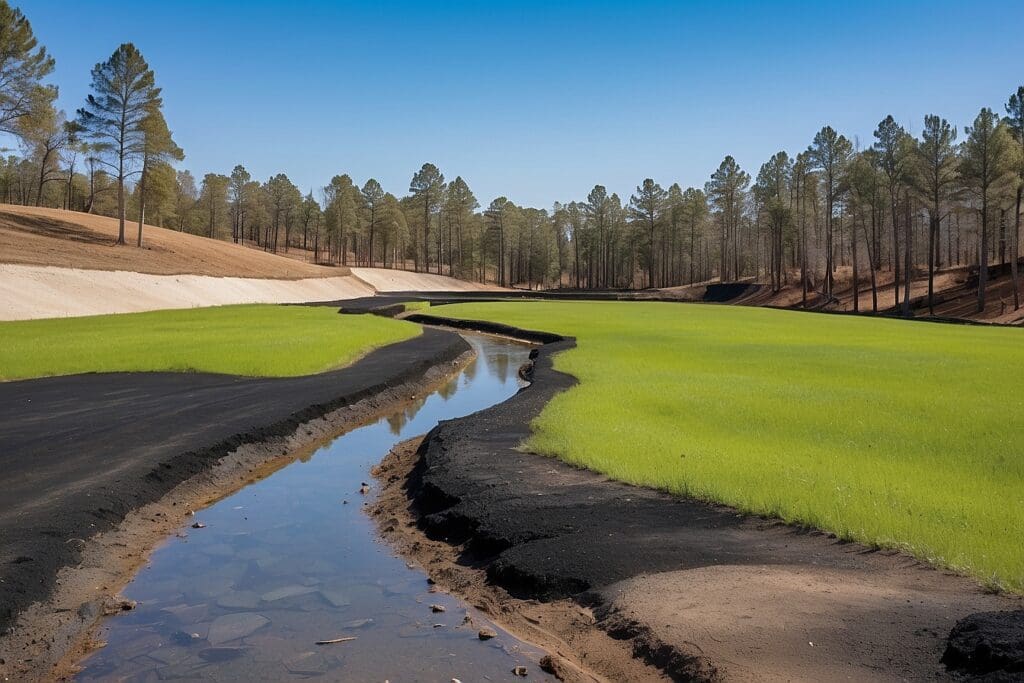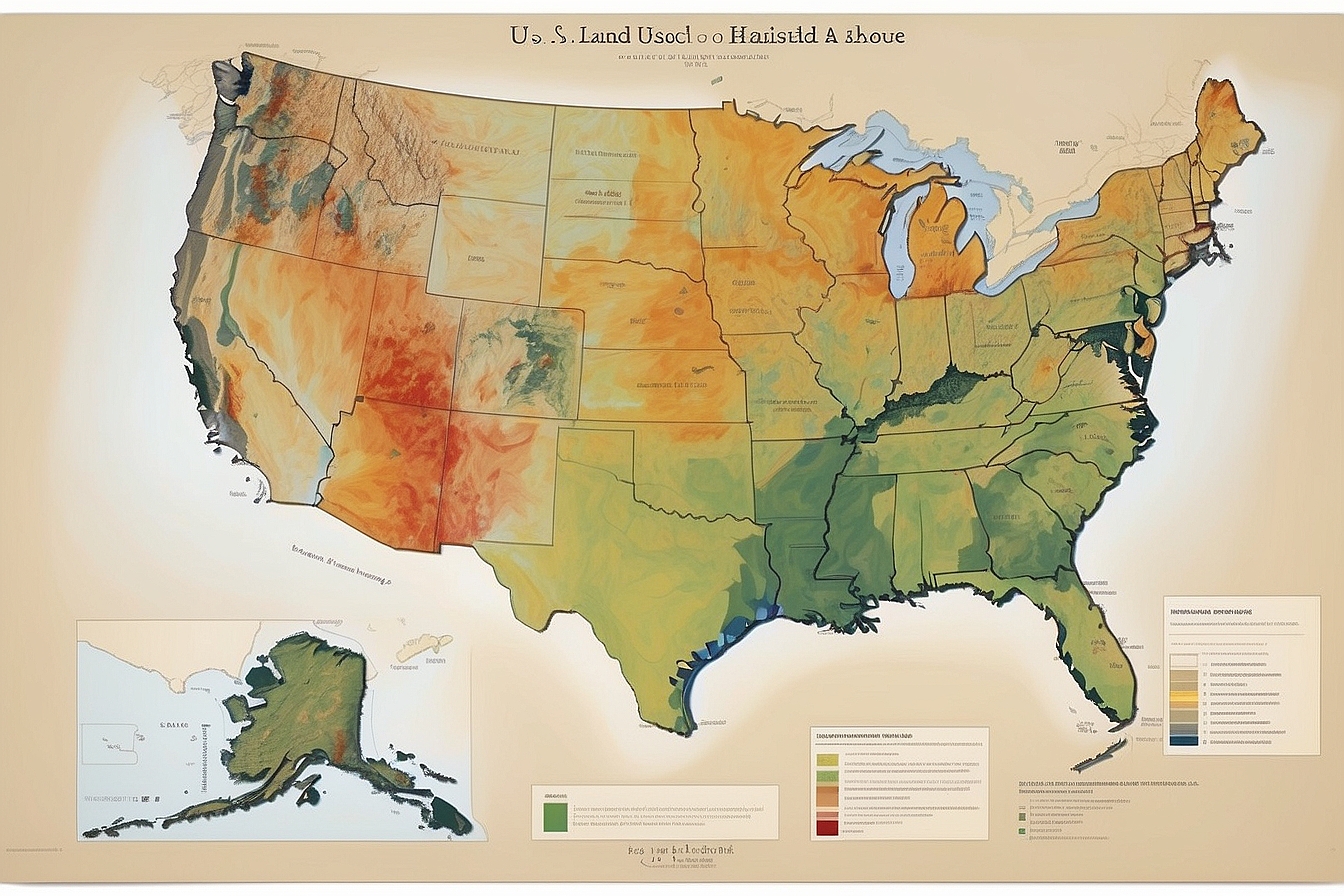In 2008 it would have been hard not to notice the abundance of wildfires. California was by far hit the hardest, burning in areas such as San Diego, Santa Barbara, Yosemite, and Redding. Other states like Florida and Texas were also witness to this natural, yet destructive process. Millions of dollars of federal spending were dedicated to fighting them, and now that the majority of the burning has subsided, what can be done to grow again what was destroyed? The answer for many is hydromulch.
What is it?
According to the US Forest Service, hydromulch is a combination of “wood mulch, recycled paper, water and a tackifier.” (See source 1 below.) Also known as “hydroseeding,” some mixtures may also contain some sort of grass seeds and a type of fertilizer in order to directly promote quick growth of vegetation. The main purpose of hydromulch is to control erosion on hillsides after ecologically disturbing occurrences, such as a forest fire.
How does it work?
Hydromulch has two main functions: first, to stabilize slope erosion; and second, to act as a sealant in order to trap moisture and promote seedling sprouting. (See source 3 below.) The tackifier is what really helps with these two aspects. Made out a guar gum substance, the tackifier glues the mixture onto the soil and keeps wind and water from corroding the hillside. The mixture is thick and moist, which reduces dust because the soil particles are essentially captured by the glue. By ensuring stabilization, new growth will have an easier time settling in. The sealant also traps in moisture, creating a greenhouse effect and further promoting foliage growth. (See source 1 below.)
How is it distributed?
Hydromulch can be distributed multiple ways, but for the mixture to function properly, it needs to be distributed thickly over hillsides in order to ensure its greenhouse effect. The mixture is usually pumped through a hose to be sprayed over the land. This can be accomplished by hand, by truck, or even by airplane. When aerially dropped, it is often dyed green so pilots can see where it has been dispensed and how thick and proportional the application is. However, after a few days the color will fade away and turn gray.
How much does it cost?

Estimated costs for aerial-distribution of hydroseeding—a very popular method for California forests—run about $2,000 to $3,000 per acre. (See source 5 below.) Depending on fire severity, 500-2,000 pounds of wood fiber are used per acre, meaning these figures are only an estimate, and forests have seen costs much higher at $4,000 per acre. (See sources 2 and 4 below.) Basically, it just depends on the severity of the damage, the steepness of the slope, as well as the current weather conditions. In hot and dry weather, more mulch is needed to ensure dust prevention and the containment of whatever moisture is left in the soil. (See source 3 below.) Despite these high costs, millions and millions of dollars are spent on fighting forests, so an extra half a million dollars to secure ecosystem survival seems like an important and smart investment to make. But is there a cheaper method that provides equivalent results?
How ecologically friendly is it?
Certain types of hydromulch can contain fertilizer and seeds of grasses, but are those seeds always seeds of native grasses, and is the fertilizer organic or filled with chemical nutrients? From an ecological standpoint, it is one thing to promote habitat growth and another thing to do so with species exotic to the area. The US Forest Service does not always use seeds in their mixtures, but when they do they always use native seeds. Moreover, fertilizers are not typically used in mulch due to the fact that fertilizers may contribute to future and negative environmental externalities—such as pollution by these chemicals to adjacent bodies of water. (See source 1 below.) More importantly, hydromulch is made from organic products and is biodegradable so it is ecologically sound. Yet, hydroseeding is used for other things such as turf for the everyday lawn, so chances are that not all types of hydromulch will be made without harmful, chemical additives. It just depends on the company and their use of the hydromulch.
Can you use anything else besides hydromulch?
When speaking of large-scale forest fires, hydromulch is pretty much the go to solution. Hay bales and strips of grass—which usually come rolled up like a cinnamon roll and are laid out like carpet where needed—have somewhat been used as an alternative, but only for smaller projects in controlling erosion. Hay bales are broken down and distributed over specific areas, such as at the base of a water shed. Grasses are used in similar situations. The point is to allow sediment to be caught in the grasses, but still allow water to pass through. However, for thousands of burned acres, the latter two methods do not have the strength of mulch to keep in dust and sediment while still allowing water to pass. Hydromulch is where it’s at when it comes to post-fire depression.





